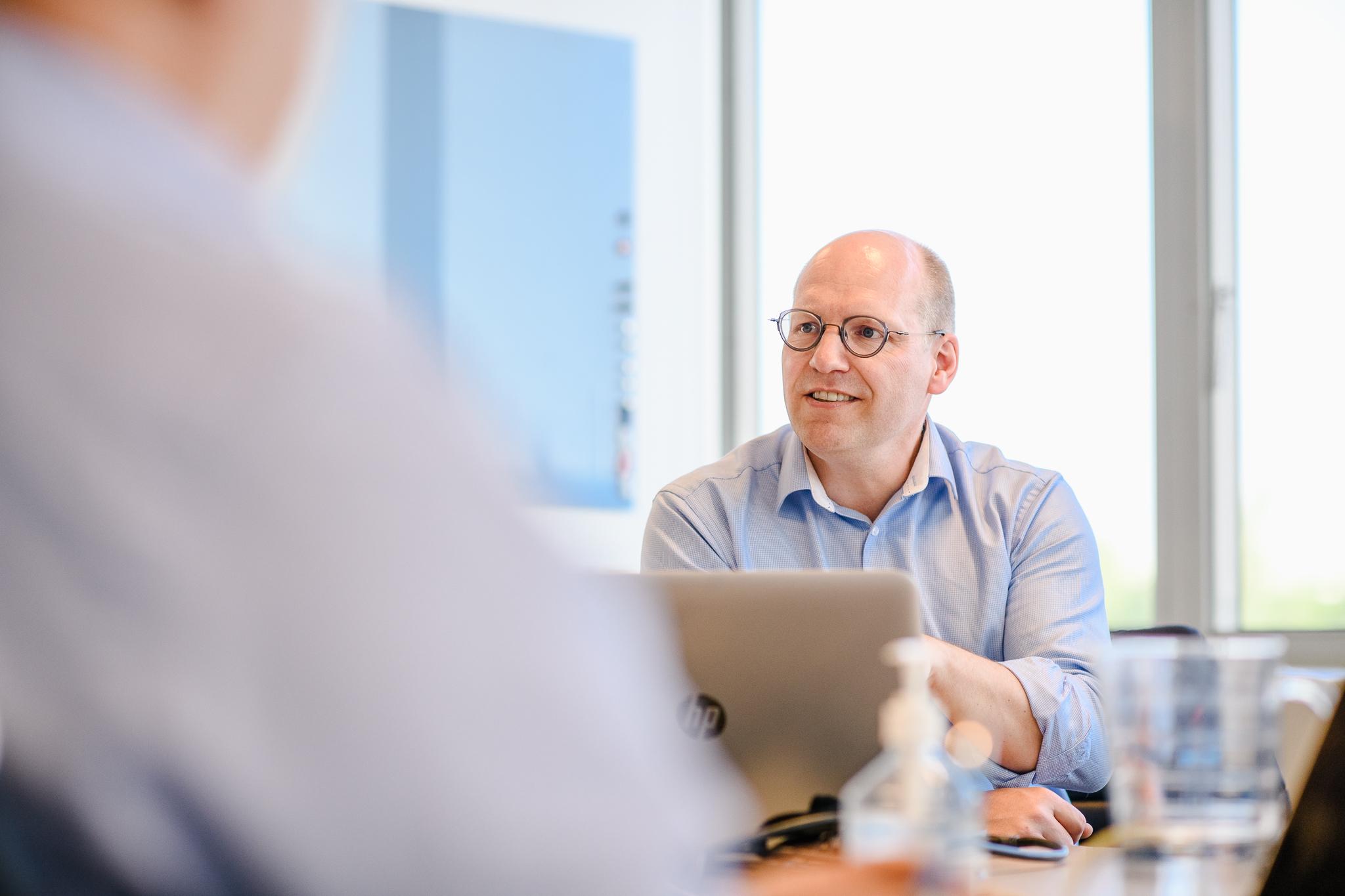In these VUCA times (Volatile, Uncertain, Complex, and Ambiguous), an organization is constantly evolving. Change can no longer be seen solely as a project; it is no longer temporary or delimited but inherently linked to the operational functioning of an organization. Furthermore, change management is not purely communication management.
Change, especially when it needs to be successful and sustainable, requires effort and doesn't happen automatically. The Arch approach is therefore dynamic: as trusted advisors, we monitor the pitfalls and opportunities that arise during change. This requires an innovative, creative approach, where we don't rely on just one methodology, but use a wide range of tools and methodologies flexibly and tailored to the specific situation and needs of the customer.
In this article, we aim to provide a brief overview of the most important do's and don'ts for effective change management.
Do's & Don'ts at Change

DO’s:
- Create a Clear "Case for Change"
A solid roadmap with a clear vision and strategy, objectives, KPIs, success criteria (which are also measured using concrete data after the change), and a defined scope can give you an advantage even before the actual change process begins. The "case for change" generates support within your organization and ensures that everyone is moving in the same direction. It explains why the change is necessary, what you want to achieve, and how you plan to approach and measure it. It serves as a clear blueprint for your organization's future. Flexibility and creativity are essential, allowing you to respond to unexpected events and adjust the blueprint as needed.
- Communicatie is (as usual) key
Communication is always critical in any organization, and this is particularly true in change management. Communication is not a "step" or "phase" in the process; it runs transversely through the entire transformation. Regular, clear, and transparent communication with various stakeholders and target audiences builds trust in the process and approach. We don't hesitate to acknowledge potential challenges and issues, and we involve employees in finding solutions. This way, we aim to make a difference at Arch, putting ownership of the change in the hands of the organization. Our trusted advisors have the necessary skills to communicate effectively, with listening and observation being of paramount importance.
- Allow time for support and training
Employees experience some level of impact on their daily work during a change process. Thus, it is crucial to offer them appropriate support through seminars, training, individual monitoring, and mentoring. Digital platforms and interactive (online) training are also viable options. When employees are given the necessary tools to perform their work efficiently, they are more comfortable during the change process and can achieve results more quickly.
DON’Ts:
- Forgetting the human aspect
At Arch, we put people at the center of any change process. Whether it's a digital transformation journey, a strategic mission and vision exercise, or a reorganization, it's all about people. We don't approach change as a limited project, but rather as a transformation plan that complements the project-based approach to ensure that the change is anchored and embedded in the organization (and therefore with all employees!). Every employee looks at change from their habits, experience, knowledge, perspective, and perception. As a change leader (see also point 2!), the art is to find that starting point with the employee and then make the change a reality from the "common ground." Our trusted advisors have an excellent project management skill set, combined with a touch of empathy and a pinch of imagination.
- Underestimating the importance of leadership
Who are you as a leader? Do you practice authentic leadership? What does that mean? How should a team in transition be managed? Asking yourself these questions is the spirit (and the absolute prerequisite) that leads to growth.
The influence of leadership within the organization and during the change process is of unprecedented magnitude. The leader provides support, vision, and is continuously working to realize the change. Here too, the human aspect plays an important role: people-oriented leadership is a crucial building block for successful change management. Directing, supporting, and collaborating are the most important "work" verbs of our trusted advisors.
- Avoiding resistance
As strange as it may sound, embrace resistance! We now know that it is not appropriate to involve the group of people who are not open to change only at the end - when there is really no turning back. Create calm, provide space, and give time. Employees who resist change should be given the opportunity to go through a (mourning) process and should be heard at the very least. Being heard implies a willingness to listen from the other party. As Mackay puts it in his book "The Good Listener": "Erosion is more effective than explosion, meaning we should focus on behavior, not attitudes, seeking small changes, not large ones."
And celebrate successes, no matter how small they are!
Need for advice?
Are you in need of a trusted advisor or sparring partner when outlining your strategy, implementing new technology or mentoring your people in your organization? Feel free to contact Arch. We will be happy to see what we can do for you.


